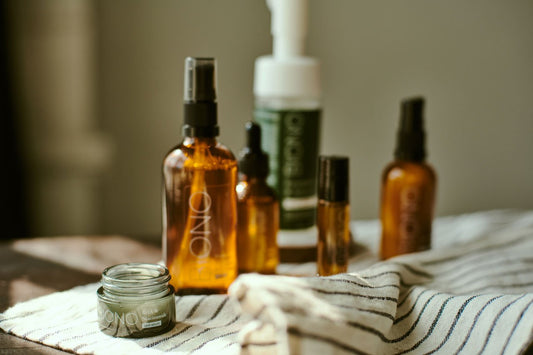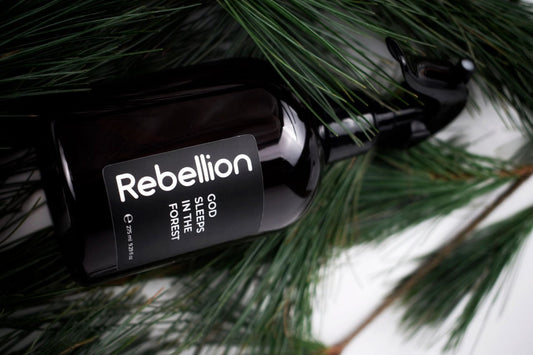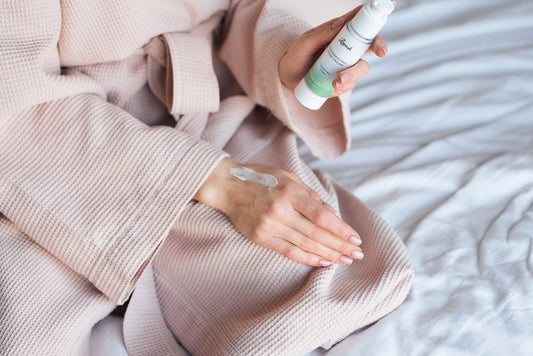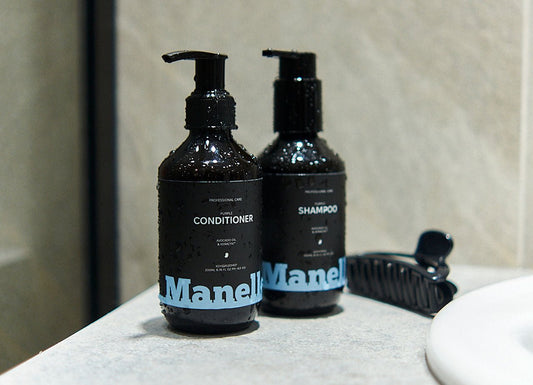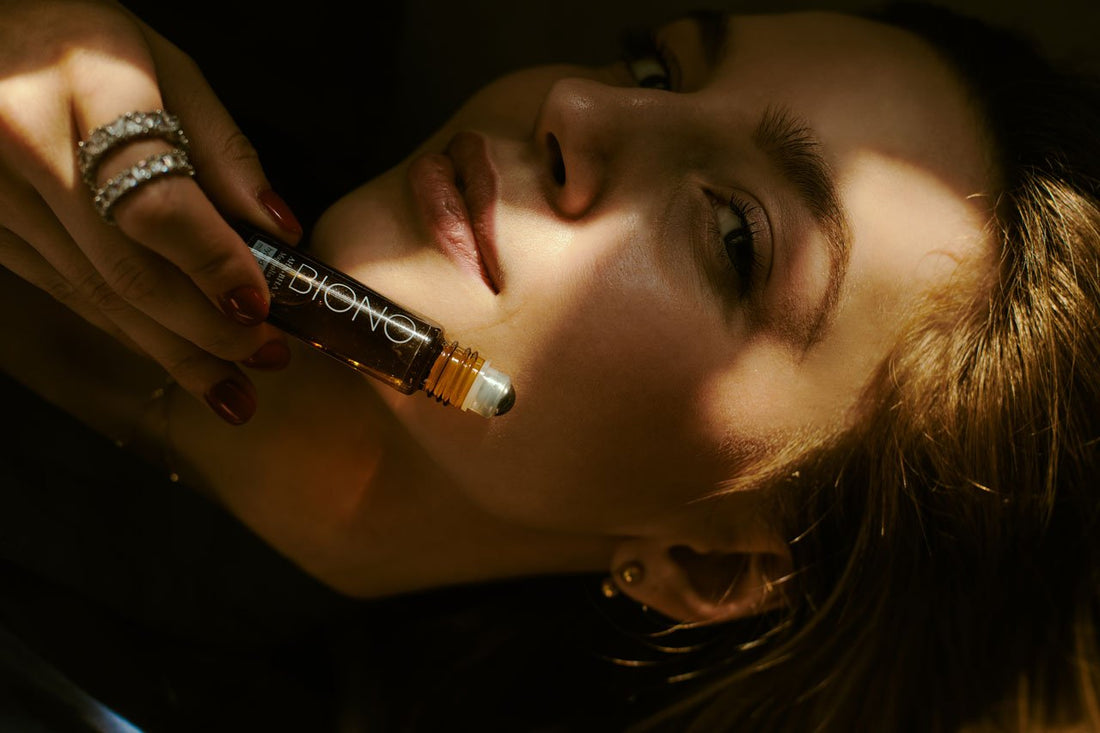
How to remove redness from a pimple: tips and life hacks
Acne redness is a common problem that can ruin your appearance and mood. Regardless of age and skin type, we all face inflammation and redness. But how to effectively deal with this problem? In this article, we will talk about simple ways to quickly remove acne redness and restore a healthy look to your skin.
What causes redness from acne?
The redness of the skin after a pimple can be quite noticeable and uncomfortable. The main cause of this redness is an inflammatory process that occurs when pores become clogged with sebum, bacteria, and dead skin cells. As a result, the body responds to the irritation with redness and swelling.
Causes of redness
Inflammation occurs when the sebaceous glands produce too much sebum, which clogs the pores. If bacteria are added to this, an infection occurs, leading to redness. Improper care or excessive use of cosmetics can also contribute to skin irritation. It is important to consider that even stressful situations and hormonal changes can affect the condition of the skin, exacerbating the problem.
Redness can be accompanied by itching, discomfort, and even pain. Therefore, it is important not only to respond correctly to existing inflammation, but also to take preventive measures to avoid repeated inflammations.

Main risk factors for redness
Causes of redness include:
Hormonal fluctuations and their effects
Hormonal changes often cause the sebaceous glands to become overactive, leading to excessive sebum production and clogged pores. This is especially true for teenagers, pregnant women, and people who are stressed.
Hormonal imbalance can trigger inflammation even in those who have never had skin problems before. Regular monitoring of hormone levels and a balanced diet will help reduce this factor. At the same time, it is important to follow a healthy lifestyle, which includes regular physical activity and avoiding bad habits.
Insufficient skin cleansing
If the skin is not cleansed enough, makeup residue, dust, and bacteria accumulate on it. This creates ideal conditions for the formation of acne and redness. Cleansing the skin should be regular, but not excessive, so as not to disrupt its natural protective barrier.
Use gentle cleansers without harsh ingredients. After washing, it is important to apply moisturizers to keep your skin in good condition. Skin cleansing should not be limited to the face. It is worth paying attention to the neck and décolleté area, as these areas can also suffer from inflammation.
Use of aggressive cosmetics
Some cosmetic products contain harsh ingredients that can irritate the skin and increase redness. This is especially true for products with a high alcohol content, fragrances, and dyes.
It is important to choose cosmetics according to your skin type and avoid products that cause dryness or irritation. Using soothing and moisturizing products will help reduce the risk of redness. It is also worth avoiding frequent use of peels and scrubs, which can injure the skin and increase the inflammatory process.
First steps when redness appears
When you notice inflammation on your skin, it's important to act quickly and correctly. The first steps will help reduce redness and prevent further spread of the inflammation.
Cleansing the skin with mild products
The first thing to do when redness appears is to cleanse your skin properly. Use a gentle gel or foam cleanser without harsh ingredients to remove dirt and excess oil. Cleansing will help reduce the risk of bacterial growth and reduce inflammation.
It's important to avoid harsh cleansers, which can dry out your skin and increase redness. Instead, choose products with soothing ingredients like chamomile extract or panthenol. Regular cleansing will help maintain skin balance and prevent new breakouts.
Application of cooling and antiseptics
The second important step is to cool the inflamed area. Apply a clean piece of ice or a cold compress to the skin for a few minutes. The cold helps constrict blood vessels, reduce swelling, and soothe irritated skin.
After that, it is recommended to apply an antiseptic agent, such as tea tree oil or salicylic acid. These have antibacterial properties and will help speed up the healing of the skin, as well as prevent the formation of new pimples. Regular use of such products will help keep the skin clean and healthy, even in difficult conditions.
Home remedies for acne redness
If you don't have any special cosmetics on hand, you can use natural ingredients from your home medicine cabinet. Some of them help to quickly remove redness and soothe the skin.
1. Aloe vera
Aloe is a natural remedy with powerful anti-inflammatory and soothing properties. Its gel reduces redness and speeds up skin healing.
- Apply fresh aloe vera gel to the inflamed area.
- Leave for 20-30 minutes, then rinse with water.
Aloe vera also helps to moisturize the skin, which helps maintain its elasticity and firmness. Regular use of this product will help reduce the risk of new inflammations.
2. Green tea
Green tea is rich in antioxidants and has anti-inflammatory properties.
- Brew a bag of green tea and cool it.
- Apply to the pimple for a few minutes.
- This will help relieve swelling and reduce redness.
3. Honey and cinnamon
Honey has antibacterial properties, and cinnamon improves microcirculation.
- Mix a teaspoon of honey with a pinch of cinnamon.
- Apply the mixture to the inflamed area for 15 minutes.
- Rinse with warm water.
Honey helps moisturize the skin and prevent dry patches. Using cinnamon improves blood circulation, which helps the skin heal faster and reduces redness.

Cosmetics to eliminate skin redness
Modern cosmetology offers many effective remedies to combat redness and inflammation. It is important to choose products that are suitable for your skin type and do not contain aggressive ingredients.
Creams with niacinamide
Niacinamide is an active ingredient that helps reduce redness and improve skin texture. It helps strengthen the skin's protective barrier, reduces inflammation, and regulates sebum production. Regular use of creams with niacinamide will help soothe the skin and make it smoother.
Vitamin C serums
Vitamin C is known for its brightening and regenerating properties. Serums with vitamin C help reduce acne scars, brighten the skin and make it more radiant. In addition, vitamin C protects the skin from negative environmental influences and promotes cell regeneration.
Acne patches
Acne patches are special stickers that help reduce inflammation and protect the skin from impurities. They contain active ingredients that fight bacteria and accelerate healing. The patches can be used both day and night for quick results.
Using such products in combination with proper skin care significantly reduces the risk of redness.
Prevention of skin redness
The best treatment is prevention. To avoid inflammation and redness, it is important to follow a few simple skin care rules:
Regular skin cleansing
Wash twice a day to remove dirt and excess oil. It's important to use gentle cleansers that don't disrupt the skin's natural balance.
Using moisturizers
Even oily skin needs hydration. Choose lightweight gels and lotions that won't clog pores and help keep your skin hydrated throughout the day.
Maintaining a balanced diet
Avoid fatty and sugary foods that can cause inflammation. A balanced diet with plenty of vegetables and fruits will help keep your skin healthy and glowing.
Sun protection
Use a cream with SPF to prevent hyperpigmentation and increased redness. Sun rays can increase inflammation, so it is important to protect your skin from the harmful effects of ultraviolet rays.
Preventive measures will help maintain skin in good condition and avoid the appearance of acne and redness.
Conclusion: How to Get Rid of Acne Redness
Getting rid of acne redness is possible if you follow a comprehensive approach to skin care. A combination of home remedies, cosmetic products, and preventive measures will help make your skin healthy and beautiful. It is important to understand that fighting redness is not just a temporary measure, but a systematic skin care regimen.
Regular cleansing, moisturizing, and protection from harmful external factors will help maintain the skin's natural balance and prevent new inflammations. In addition, proper nutrition and a healthy lifestyle will help improve the overall condition of your skin. Take care of your skin every day, and it will thank you with a healthy appearance.


